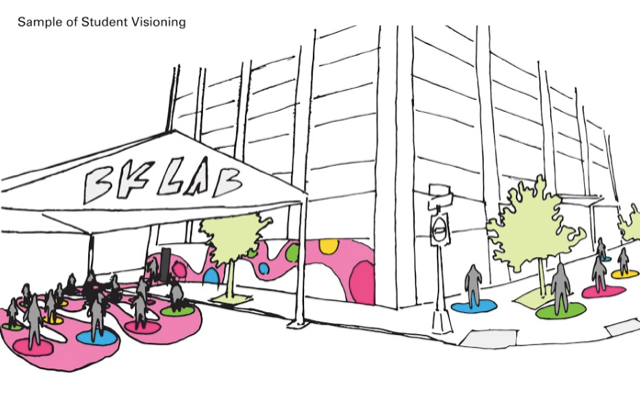With some states lifting or relaxing stay-at-home orders this month, restaurants are reopening to customers hungry for a dine-in experience.
Alex Smith, owner of Atlas Restaurant Group, re-opened two restaurants in Texas on May 8 and served more than 1,000 people. Tables were set six feet apart and hand sanitation stations were offered throughout the restaurant. Servers donned masks and gloves, and all employees received temperature checks when reporting to work. Smith managed the bar area by placing picture frames on bar stools to mandate social distancing, so patrons would sit six feet apart.
"There's tremendous demand out there," Smith said on CBRE's The Weekly Take with Spencer Levy podcast, noting that they had to turn a "few hundred" potential customers away. "Americans are resilient and I think that the restaurants will bounce back faster than everybody thinks."
How restaurants bounce back depends a lot on the region and their clientele. Jessica Curtis, CBRE senior vice president and restaurant practice leader for emerging concepts, said on the podcast that urban areas such as New York City, where restaurants do not always have patio space, may be harder hit.
"I'm working very hard with all of our clients to try to secure additional patio space in any way, shape or form they can," Curtis said. "Patio is going to be king and that's going to benefit some geographies more than others, right?"
Hotter climates, such as cities in Arizona, that render patios unusable as states re-open businesses may also be hit hard, she said.
Curtis also believes the pandemic will force the restaurant industry to innovate and adapt to new challenges. Quick-service restaurants in urban areas will need to redesign their spaces and operations to serve hundreds of customers in the lunch rush. Contactless payment, which had been slow to gain traction in the United States, will become commonplace.
Unfortunately, Curtis does believe that roughly 15% of restaurants will not reopen after the pandemic, especially "mom and pop" shops.
"I think we're going to see a huge wave of vacancy, unfortunately," Curtis said, adding that landlords had already called her to let her know of open commercial spaces for rent.
Smith said he thinks whether a restaurant will survive depends on whether the restaurant owns the building, or the amount of labor required to keep the lights on. To comply with Texas Governor Greg Abbott's executive order that allowed restaurants to re-open to dine-customers on May 1, their restaurants in Texas operated at 25% capacity.
Smith said the 25% occupancy number is not enough for them to make a profit, but enough to sustain themselves. Smith believes the biggest hurdles to small "mom and pop" restaurants are paying rent and labor costs. His restaurants, which are making 50% revenue, was also bolstered by the payroll protection plan, which helped him pay labor costs to bring back his staff.
"The [Payroll Protection Program ] gave us tremendous runway," Smith said. "It allows us to operate eight for eight weeks with limited payroll and on run expense."
Curtis said there will be a transition period, as more restaurants reopen to dine-in restaurants, but that it will open the industry up to innovation.
"People adapt," Curtis said. "I think there is a period of time that is going to be struggle, but I think I cap it at 12 to 18 months."
Smith also focused on the positive that may come out of the pandemic. "Restaurants are going to come up with different was to create revenue for themselves," he said.




